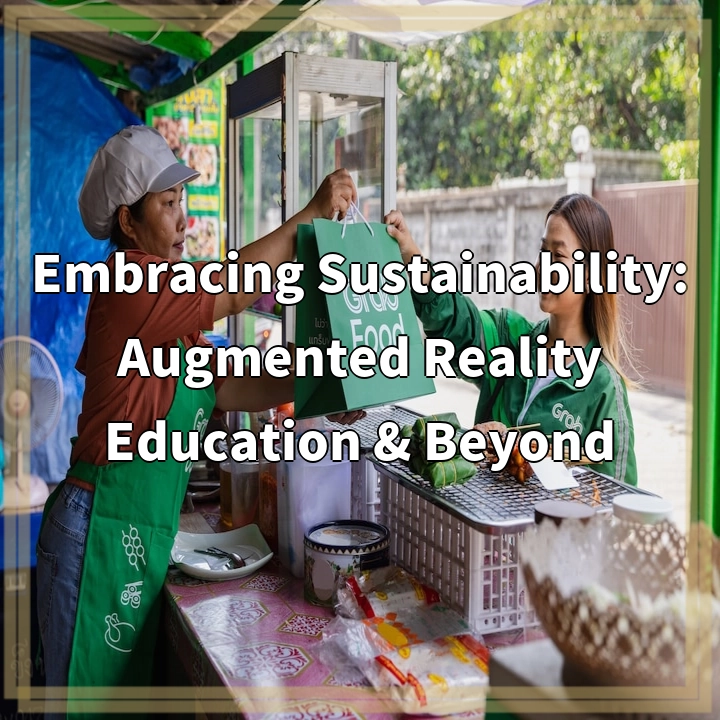
What is Augmented Reality Education?
Augmented Reality (AR) education refers to the integration of virtual elements into real-world learning environments, providing students with immersive and interactive educational experiences. AR technology superimposes digital content, such as 3D models or animations, onto the physical world, enhancing the learning process and enabling students to visualize and interact with abstract concepts.
The Real-World Problems Associated with AR Education
While Augmented Reality Education brings numerous benefits, it also presents certain challenges and considerations:
1. Accessibility and Infrastructure
One key problem surrounding AR education is the availability of the required infrastructure and resources. For AR to be effectively incorporated into classrooms, schools must have access to appropriate devices, stable internet connections, and compatible software. This can pose challenges, especially for educational institutions with limited budgets or located in remote areas.
2. Content Development and Quality
The creation of high-quality and engaging AR educational content can be a complex and time-consuming process. Educators and content developers need to have both technical expertise and a deep understanding of pedagogy to design meaningful learning experiences. Ensuring that the content aligns with educational standards and curriculum requirements can also be a challenge.
3. Teacher Training and Professional Development
For Augmented Reality Education to be effectively implemented, teachers need to be adequately trained and confident in using the technology. Professional development programs should be designed to equip educators with the knowledge and skills necessary to integrate AR into their teaching practices. This can require investments in training programs and ongoing support for teachers.
4. Ethical and Privacy Concerns
Augmented Reality Education raises ethical and privacy concerns, especially when it involves the collection and processing of personal data. There is a need to ensure that student privacy is protected, and data collected during AR experiences is securely managed. Educators and technology providers must adhere to strict privacy policies and comply with existing regulations to address these concerns.
5. Equity and Inclusion
Ensuring equitable access to Augmented Reality Education is crucial to avoid exacerbating existing educational disparities. It is essential to consider factors such as affordability, cultural relevance, and accessibility for students with disabilities. Efforts should be made to bridge the digital divide and provide equal opportunities for all students to benefit from AR educational experiences.
In conclusion, while Augmented Reality Education holds great potential for transforming the teaching and learning process, various challenges need to be addressed. By considering and finding solutions to these real-world problems, we can ensure a more inclusive and effective integration of AR technology in educational settings.

Solutions to the Challenges of Augmented Reality Education
1. Improving Accessibility and Infrastructure
To address the accessibility and infrastructure challenges, efforts should be made to secure funding for schools to invest in necessary hardware, software, and stable internet connections. Partnerships with technology providers or local organizations can help in providing access to AR devices and technology in underserved areas. Additionally, exploring alternative options such as mobile-based AR applications can reduce the need for expensive equipment.
2. Enhancing Content Development and Quality
To improve content development and quality, collaboration between educators, content developers, and technology experts is essential. Establishing guidelines or frameworks for creating educational AR content can ensure consistency and alignment with educational standards. Providing educators and developers with training and resources on content creation can also enhance the overall quality of AR educational resources.
3. Empowering Teachers through Training
To address the need for teacher training and professional development, dedicated programs and workshops should be established. These programs can focus on enhancing teachers’ technical skills related to AR technology and providing pedagogical guidance on integrating AR into the curriculum. Ongoing support and mentorship can further empower teachers to confidently implement AR in their classrooms.
4. Ethical and Privacy Considerations
To address ethical and privacy concerns, strict policies and regulations should be put in place to protect student privacy and ensure data security. Educators and technology providers need to prioritize data encryption, minimize data collection and retention, and obtain appropriate consent for student participation. Transparent communication with students, parents, and guardians is also crucial to build trust and address any concerns.
5. Promoting Equity and Inclusion
To ensure equity and inclusion in Augmented Reality Education, efforts should be made to provide access to technology for all students. This can involve partnering with government initiatives, nonprofits, or businesses to provide financial support or device loans to students in underserved communities. Content developers should also work on creating culturally relevant and diverse educational AR experiences to foster inclusivity.
By actively addressing these solutions, the potential of Augmented Reality Education can be fully realized, benefiting students of all backgrounds and abilities and transforming the way we approach learning in the 21st century.















